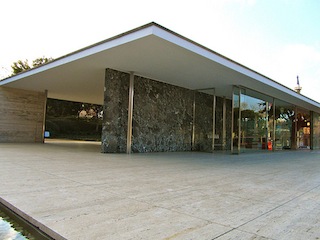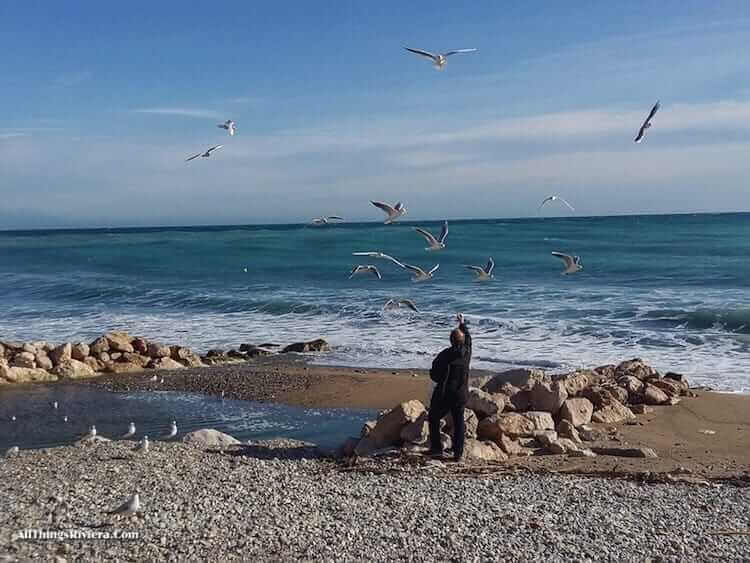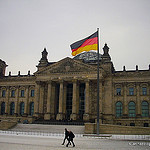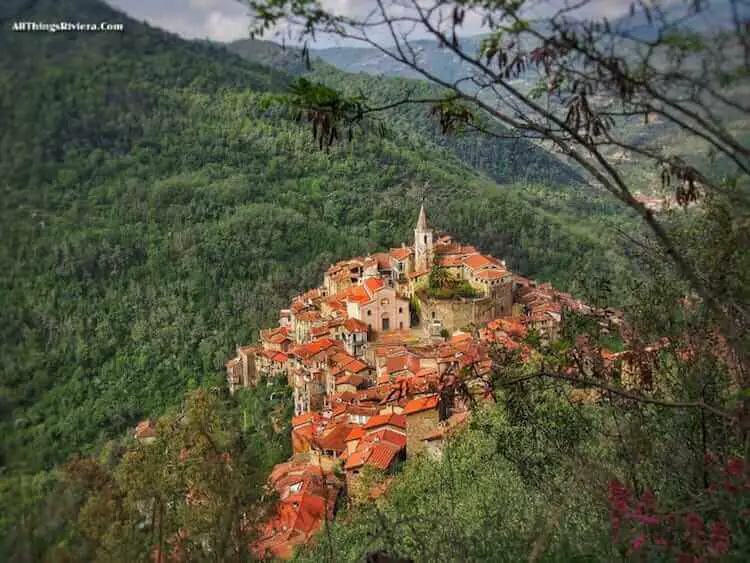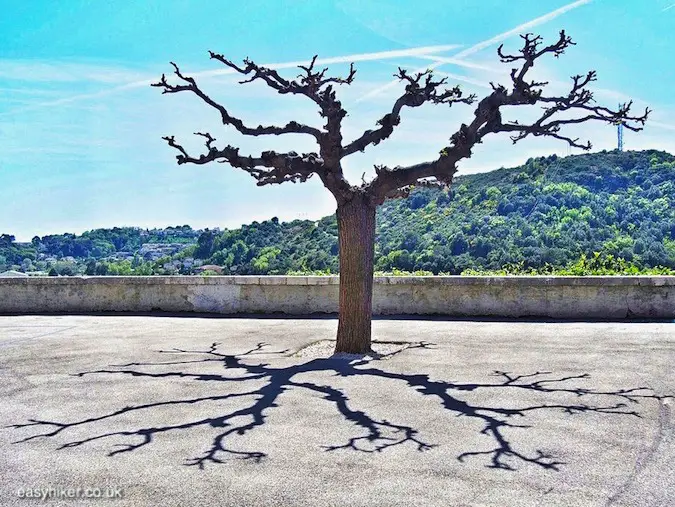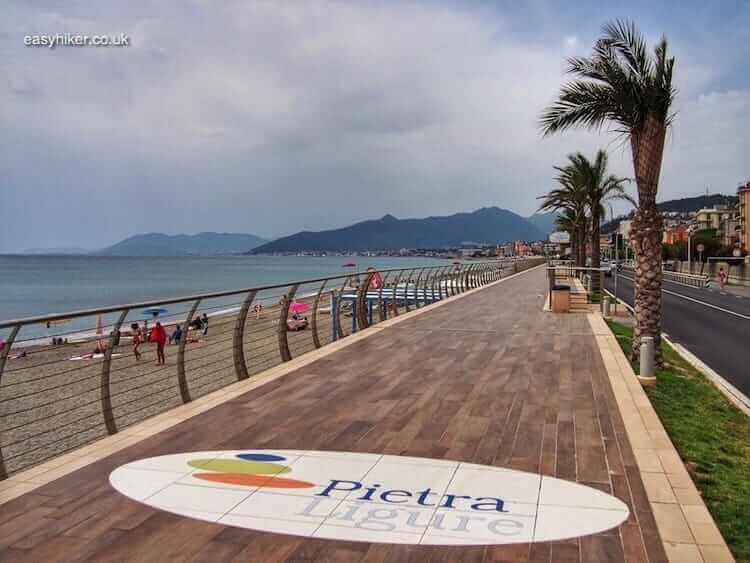Rivers are the beasts of our natural landscapes: they can be fierce and raging, but even when they flow gently, when they are settled and calm, they always command our respect.
Canals, by contrast, are their mild-mannered domesticated cousins: hard-working, dependable, and content with a life of quiet drudgery.
Among these farm animals of our landscapes, however, exists another sort of hierarchy: some canals do the glamorous work, entertaining tourists or shipping prestigious cargo without which the global economy would grind to a halt, while others sit quietly in some half-forgotten corner of a provincial countryside.
Cinderella of the Canal Network of Milan
It is on this end of the spectrum that you will find Milan’s Naviglio di Martesana.

No pink-streaked marble for the construction of the Duomo or precious luxury goods ever passed here on their way from the Alps or the Adriatic sea harbours to Milan. And the Martesana never impressed any foreign visitors to the extent where they would have mentioned it in one breath with Venice or even compared its beauty favourably with the charms of La Serenissima.
While the glamorous shipping business was conducted on Milan’s Cercia Interna and the canals that radiated from this “inner ring” through the city centre, the Naviglio di Martesana irrigated fields and powered mills.
But there was to be a happy end of sorts for this Cinderella of Milan’s canal network: while all the celebrated city centre waterways were eventually concreted over, the Martesana has survived to this very day.

The Martesana, the Cinderalla of the Canal Network of Milan, was constructed in the middle of the 15th century to provide power and irrigation for Milan’s hinterland through the use of water from the Adda, an equally unglamorous but not insignificant river (the 4th longest in Italy).
Originally, the canal ended a few kilometres to the east of Milan’s city limits, and the connection to the heart of the metropolis was only completed after a delay of 50 years.
This added stretch was meant to create a transport link to Lake Como, an important economic centre at the time, but not even Leonardo da Vinci who had been hired to design the required system of locks could come up with a viable solution to the many problems posed by the upstream course of the Adda. Such a solution could only be delivered in the late 1700s following important technological advances.
Today’s Naviglio di Martesana extends over a length of 38 km from Milan to Cassano d’Adda. The canal has a faithful escort: virtually from start to finish, the tracks of Milan’s green Metro line (from Abbiategrasso to Gessate) follow its course, sometimes in spitting distance, sometimes at a remove of a few hundred metres.
This makes exploration easy: just pick a station between say, Cascina Gobba and Gessate and walk back towards Milan for as long as you like. When you are tired, you can then take the metro to the town centre for the rest of the journey. (Stations come in intervals of one to two kilometres.)
For our own trailhead, we picked the station Gorgonzola, possibly because it sounded familiar when we were scanning down the list of stops.
This is no coincidental resemblance: this Gorgonzola east of Milan is indeed where the famous cheese comes from. Since the metro station is located in the north of Gorgonzola, you will see quite a lot of the town on your way to the canal in the south.
I don’t know what we expected to see (what does a “cheese town” look like? does it have laughing cows ready to meet and greet visitors at every street corner?), but we were still a little disappointed to find a somewhat characterless if seemingly prosperous little commuter town.

Just outside the town centre, the naviglio and its ancient towpath, the Alzaia Martesana, veer 90 degrees to the left …

… the last sharp angle of any sort that you will find in the course of the canal until it reaches Milan. From here, it is straight almost all the way.
Soon, you will cross the Molgora, which is a torrent not a river …

… a distinction they make in Mediterranean countries to separate waterways that carry water all year round from those that run dry in the summer.
Now, one would think that canals – while they can never reach the majestic grandeur of a river – are, as a quid pro quo, at least spared the shame of running out of water. Well, one would be mistaken.

From here on, the Naviglio di Martesana was entirely dry, apart from the odd puddle of rainwater. For us, this was a surprising and not altogether welcome development. A dry canal is a sad and almost ghostly sight, much like an empty school building or a motorway without cars.
This diversion of water away from the canal (into the Molgora, one presumes) may very well have been a temporary measure, but on a not particularly pleasant day in mid-winterly gloom, it only served to accentuate the tristesse of it all.
Lombardy, which, at the best of times, is not Italy’s most naturally enchanting landscape, needs all the help it can get. On that day, on this particular trail just out of Gorgonzola, it did not get it.

In articles about the Martesana canal, we had read about a “tree-lined path” …

… that would lead hikers past “romantically abandoned farmhouses” …

… through an area that was used by locals and visitors as an “outdoor leisure centre” …

… and a “haven of watersports”. Oh, well.

We suggest that you, unless you are deliberately searching for maximum bleakness and melancholy, chose another part of the Martesana for your walk. Along the way in some of the metro stations, we saw photos on display where the canal looked positively bucolic.
Perhaps we should have picked a different stop for our trailhead. And another time of the year, too. Or at least a day without constant drizzle and a cold, biting wind.
As it was, however, the best thing of our walk was this: that the Cassina de Pecchi metro station was located right on the trail. All we had to do to return to Milan was to walk up a flight of stairs and wait for the next train.
By this time, the canal was slowly filling up with water again …

… but we were not in the mood to give it a second chance.
Wish us better luck for our choice of walk next week when we stay in the Milan area and find out all about the things that have made Monza famous – tragic deaths, above all.

